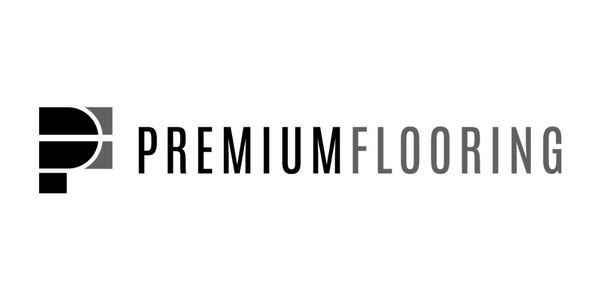The flooring industry is a vital part of the construction and renovation sector, contributing to the overall aesthetics and functionality of a space. Whether it's a residential home, commercial building, or industrial facility, the quality of the flooring installation can significantly impact the overall value and appearance of a property. However, one of the most significant challenges faced by flooring businesses is managing the cost of labor effectively. In this blog, we will explore the various factors that contribute to labor expenses in the flooring industry and discuss strategies for managing these costs efficiently.
The Cost of Skilled Labor
Flooring installation is a skilled trade that requires experienced professionals who can work with precision and attention to detail. Skilled labor comes at a price, and paying competitive wages to attract and retain talented flooring installers is crucial. The cost of skilled labor is typically higher than that of unskilled labor, but the quality of workmanship is incomparable. When hiring skilled labor, it's essential to consider market rates and industry standards to ensure you're offering a competitive compensation package.
Training and Development
Investing in the training and development of your flooring installers can have a significant impact on labor costs in the long run. Well-trained employees are more efficient and less likely to make costly mistakes. By providing ongoing training and certification opportunities, you can enhance their skills and ensure they stay up-to-date with the latest industry trends and installation techniques. Additionally, a highly skilled workforce can complete projects more quickly, reducing labor expenses associated with extended project timelines.
Managing Overtime
Overtime can quickly escalate labor expenses, especially during busy seasons or when dealing with unexpected project delays. To manage overtime effectively, it's crucial to plan project schedules carefully and allocate resources efficiently. Additionally, cross-training your employees can help you redistribute the workload during peak periods, reducing the need for overtime. By monitoring and controlling overtime hours, you can keep labor costs in check.
Employee Benefits and Insurance
Providing competitive employee benefits, such as health insurance, retirement plans, and paid time off, is essential for attracting and retaining skilled flooring installers. While these benefits are necessary, they can also contribute significantly to labor expenses. To manage these costs effectively, consider different benefit packages that align with your budget. It's essential to strike a balance between offering attractive benefits and controlling labor costs.
Efficient Project Management
Effective project management is key to managing labor expenses in the flooring industry. Proper planning, resource allocation, and project scheduling can help optimize workforce utilization. Utilizing project management software and tools can streamline operations, reduce errors, and improve communication among team members. By enhancing project management practices, you can ensure that your labor resources are used efficiently, ultimately reducing labor costs.
Supplier Relationships
Building strong relationships with suppliers can also help manage labor costs. Timely deliveries of flooring materials and equipment can prevent project delays and reduce the need for extended labor hours. Negotiating favorable terms with suppliers and exploring bulk purchase discounts can result in cost savings that can be passed on to your clients.

Managing labor expenses in the flooring industry is essential for the long-term success and profitability of your business. While skilled labor and employee benefits are necessary investments, they must be balanced with efficient project management, training and development, and supplier relationships. By carefully considering these factors, flooring businesses can optimize their labor costs while maintaining high-quality workmanship and customer satisfaction.
In today's competitive business landscape, flooring companies are continually seeking ways to improve their operations and reduce costs. While payroll service solutions can be beneficial in managing labor expenses, they are just one piece of the puzzle. The key lies in a holistic approach that encompasses various strategies to ensure cost-effective labor management.

